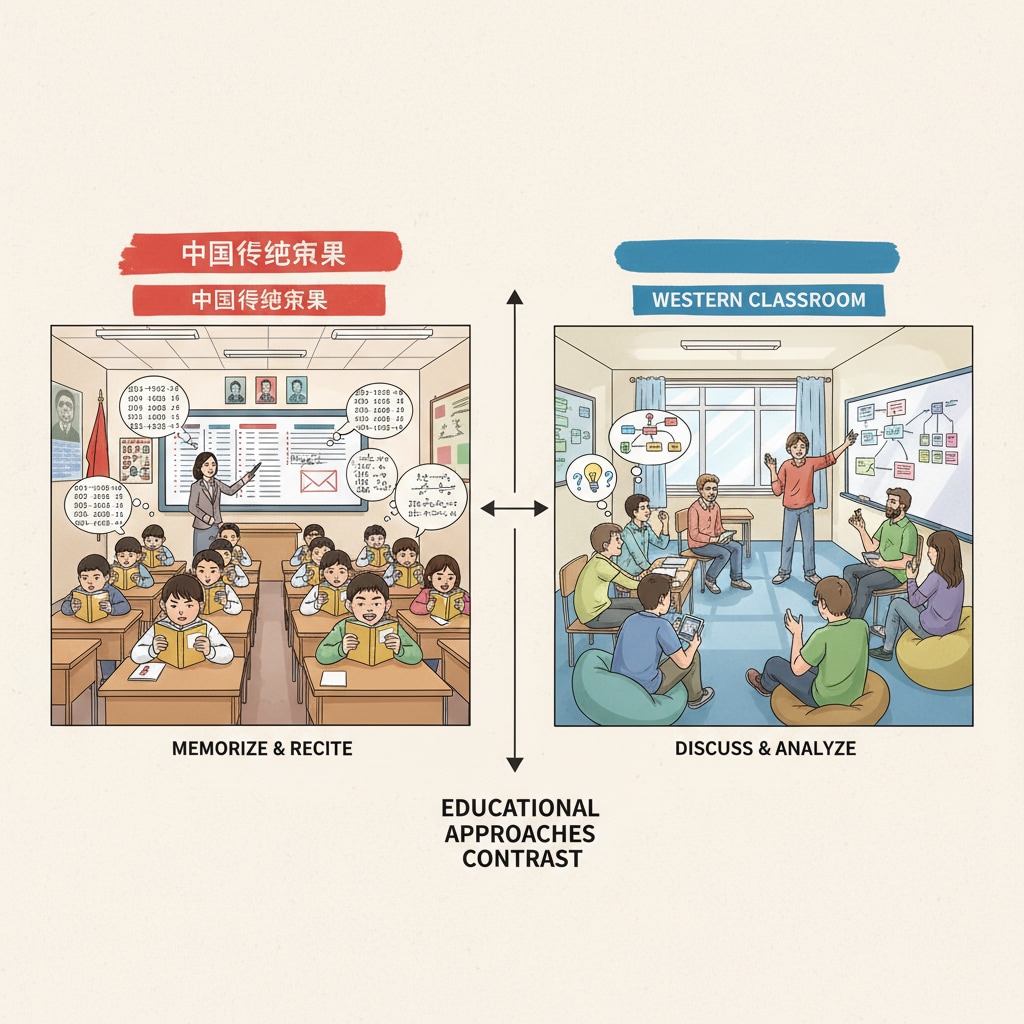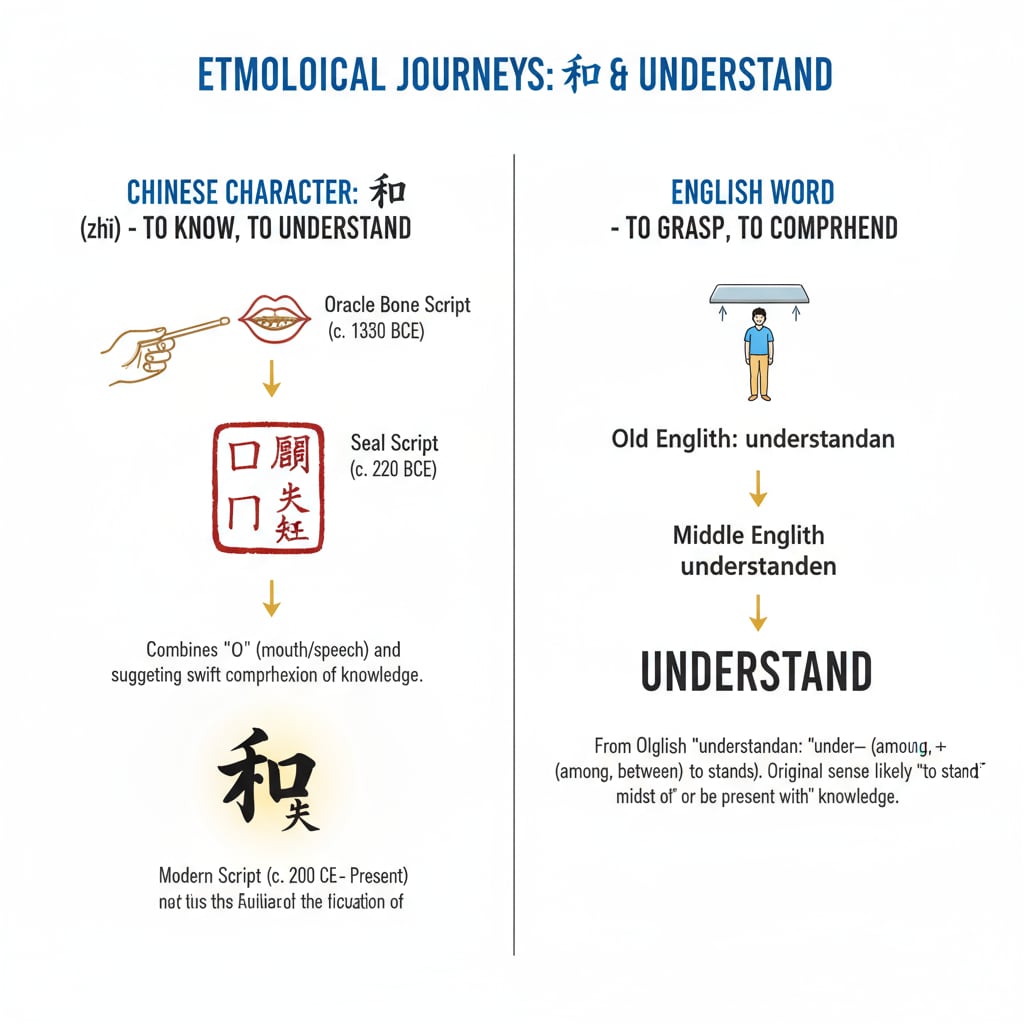The concepts represented by the Chinese word “知” (zhi) and the English word “understand” embody significant language and cultural thinking differences. These differences are not only reflected in vocabulary but also deeply ingrained in educational philosophies.

Language is the carrier of culture, and understanding these semantic nuances can offer profound insights into the distinct educational mindsets of the East and West.
Etymological Insights: Tracing the Roots of “Zhi” and “Understand”
The Chinese character “知” has a rich etymology. In ancient Chinese, it originally meant “to know” or “to be aware of” through perception. It often implies a basic level of acquaintance with information. For example, in classical texts, one might “知某事” (zhi mou shi), simply indicating knowledge of a fact. On the other hand, “understand” in English has Germanic roots. It conveys a deeper level of comprehension, involving making sense of the meaning, relationships, and implications of information. According to Etymology on Wikipedia, the evolution of “understand” reflects a more complex cognitive process compared to the relatively straightforward “知”.

Educational Reflections: From “Knowing” to “Understanding” in K12
In K12 education, the distinction between “知” and “understand” has significant implications. In Chinese educational traditions, rote memorization and the accumulation of knowledge are often emphasized at the early stages. Students are expected to “知” a large amount of information, such as historical facts or mathematical formulas. However, in Western education, there is a stronger focus on helping students “understand” concepts. This involves critical thinking, problem-solving, and the ability to apply knowledge in various contexts. As a result, Western classrooms often encourage discussions and hands-on activities to facilitate true understanding. According to Education on Britannica, this difference in approach aims to cultivate different types of skills in students.
To bridge the gap between “知” and “understand” in K12 education, educators can adopt a balanced approach. Incorporating elements of both Chinese and Western educational methods can help students not only acquire knowledge but also develop a deeper understanding. For example, in language learning, students can start with memorizing vocabulary (a form of “知”) and then engage in practical conversations to enhance their understanding (moving towards “understand”).
Readability guidance: This article has explored the etymological and educational differences between “知” and “understand”. By understanding these language and cultural thinking variances, educators can better design teaching strategies to promote students’ growth from simple knowledge acquisition to profound comprehension.


